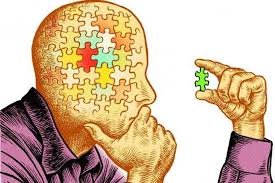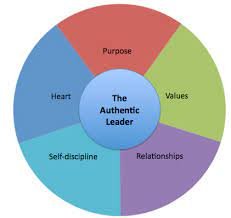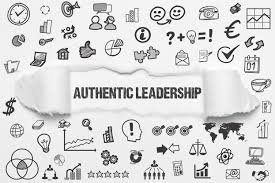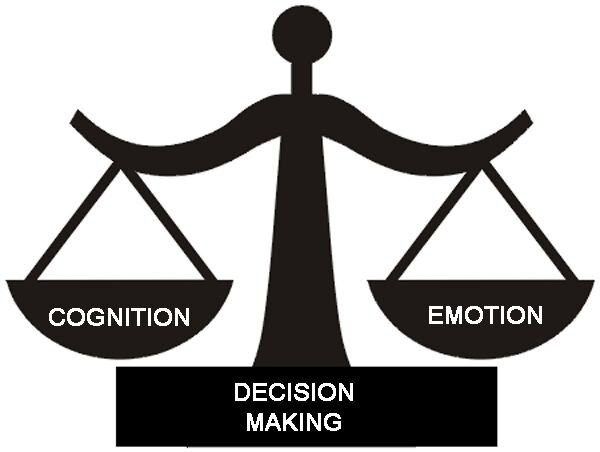Developing self-awareness is essential for personal and professional growth. It involves understanding our thoughts, emotions, and behaviors, and how they align with our values and goals. By enhancing self-awareness, we can make better decisions, build stronger relationships, and achieve greater success.
Let’s explore practical strategies to help on the journey of self-discovery and unlock your full potential.
1. Engage in self-assessment to increase awareness.
A. Inventory of strengths, non-strengths, values, and opportunities. Identify what you are good at and not good at. We sometimes do this work when preparing for an interview and find that it is helpful to get super clear, so making the space to answer these questions is important. You can take many assessments, such as Myers Briggs, The Big Five, or CliftonStrengths to gain deeper insights.
B. Create reflection time. Some make excuses that they have no time for reflection because they lead a busy life and may not view that as productive as firing off emails, but reflection time is a practice that sets the greats apart. Setting time aside to reflect to get better answering questions about yourself. What is going well and why, what can be going better, and why. How do you handle failures for you and your team. When it happens, how do you harvest the learnings? People who are confident in themselves wonder how they know if something works.
C. Ask the right questions of ourselves. Cultivate self-awareness by asking questions like, “What if I am wrong? What am I missing? What are five other viewpoints to consider? David Clutterbuck, Team Coach Expert likes to ask these four questions to increase self-awareness. How do I feel about the way that I think? How do I feel about the way that I feel? How do I think about the way that I feel? How do I think about the way that I think?
D. Answer your questions. If you have a question like, how do I know I am approachable? Aim to answer it by making a list of things you are doing to support the claim (I leave my office door open for others to enter when they need something, I ask if they have any questions in a meeting, I prompt them to respond to my email with any follow-ups, I participate in activities with my team such as going to their meetings and connection gatherings and then ask others the question. Then you can invite others about their perspective on your approachable and how you can improve. E.g., “I am working on being an approachable leader, how approachable do you think I am, what do I do now that supports my approachability, and what can I do to be even more approachable?”
If you are wondering how you are progressing toward your goals, such as if you are getting better at listening, you can take time to write out what success looks like and some metrics. In three months, you can evaluate how well you have done against your success definition and metrics. Be sure to collect data from yourself and others.
D. Compare yourself to your future self. Write a letter to yourself outlining what you want to improve. Open it in a few months to compare your progress. Marshall Goldsmith suggests thinking about what gifts your current self has given to your future self.
E. Learn. Whatever skill you are trying to improve, read about it, and observe others who excel. Identify effective behaviors and compare them to your own. Learn from those you admire and avoid the mistakes of those you don't.
2. Work with a coach.
Coaches help clients see through false notions and narratives to understand their present reality better and shape their future effectively. They can do that by using metaphors, stories, and synthesizing information to provide a fuller picture for the client. They also ask questions, such as why do you do what you do? Why do they believe what you believe, and how is it serving you now?
A. Perception management. Coaches help clients think about their current and ideal perceptions, and their impact. They assist in building their brand to manage these perceptions effectively.
B. Use of self-reflection assessments. Coaches provide frameworks and assessments for clients to evaluate their skills. For example, using key leadership traits from "The Leadership Challenge" to understand their strengths and areas for improvement.
C. Use of tools.
· Johari Window - A psychological tool created in 1955 by Joseph Harrington to help people improve self-awareness and understand relationship dynamics through 4 quadrants: open area, blind area, hidden area, and unknown area.
· Gaps Grid. Developed by David Peterson, Former Head of Executive Coaching at Google, it’s a 2x2 matrix that enhances insight and motivation by mapping goals and values, success factors, abilities, and perceptions.
3. Collect Informal feedback.
A. Ask for specific feedback. Seek feedback from trusted individuals in your inner circle such as your boss, peers, friends, mentors, and others about how you can improve specific aspects, like working relationships or leadership skills. Specific questions yield more actionable insights, such as what’s one thing you can suggest for improving my listening vs. giving me feedback.
3B. Anchor your feedback. Guide observers by informing them about the skills you are working on and asking for feedback on your progress. This helps them provide more focused and relevant feedback. Examples include - “I started working on a new set of skills that I want you to watch for or A month ago, was working on listening skills, what has been improved? It is helpful for you to guide the observation because they are still in the stew of what they are doing, and they are not seeing the wins. It’s kind of like when relatives you see once a year as a kid will point out how much you have grown and how different you are, and you don’t see it at all because day-to-day, not much is different.
4. Formal Feedback
A. Run an automated 360. Collect feedback from the people you work closely with at all levels, directs, peers, managers, customers, partners, and other stakeholders. You get to do a self-assessment based on leadership competencies and then they also get to weigh in, and you can evaluate the anonymous data and look for patterns. When I do this with clients, they are always surprised, either by how many great comments they have received, how others have overrated themselves in some areas, and how they did not realize they were falling short of the mark. It is an eye-opening experience.
B. Stakeholder interviews. Similar to a 360, but instead of being automated, a coach will run the process. They will conduct interviews with the stakeholders, ask questions, and then compile a report.
C. Create brief surveys. Liz Wiseman recommends asking about some accidental diminishing behaviors, which means that despite your best intentions, you may be having an adverse impact on others.
· What am I inadvertently doing that might be having a diminishing impact on others?
· How might my intentions be interpreted differently by others?
· What messages might my actions actually be conveying?
· What can I do differently?
Developing self-awareness is a continuous journey that significantly enhances personal and professional growth. By engaging in self-assessment, seeking feedback, and working with a coach, you can gain deeper insights into your strengths and areas for improvement. Embrace these practices to unlock your full potential, make better decisions, and build stronger relationships.
Quotes of the day: "We learn who we are in practice not in theory." - Herminia Ibarra
Quote of the day: As you start to walk out of the way, the way appears – Rumi
Question: What practice do you engage in to raise your awareness? Comment and share your experiences below; we’d love to hear.
As a leadership development and executive coach, I work with leaders to raise their awareness to increase their performance, contact me to explore this topic further.
What practices raise your awareness?




















